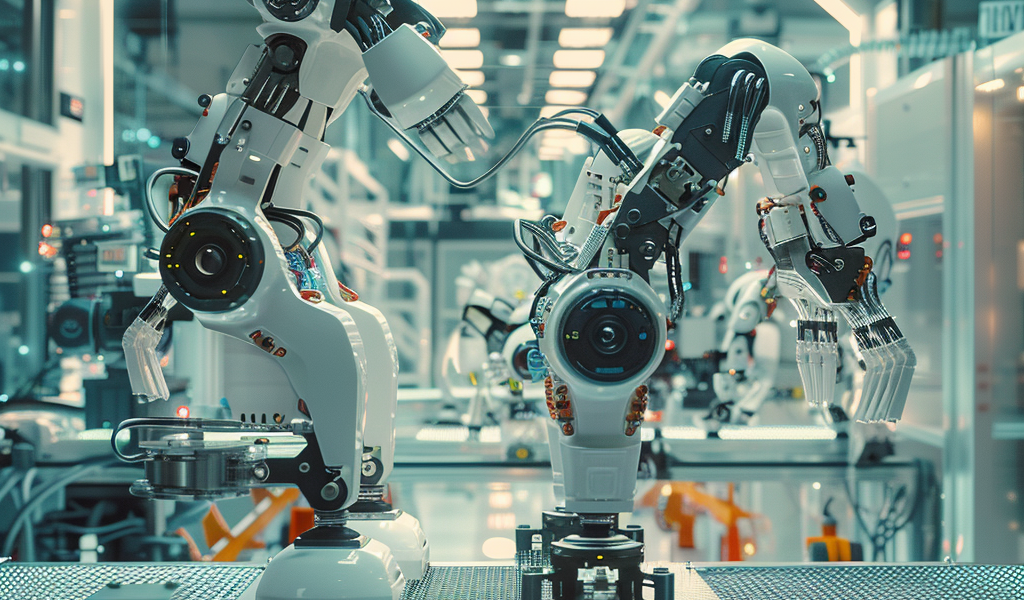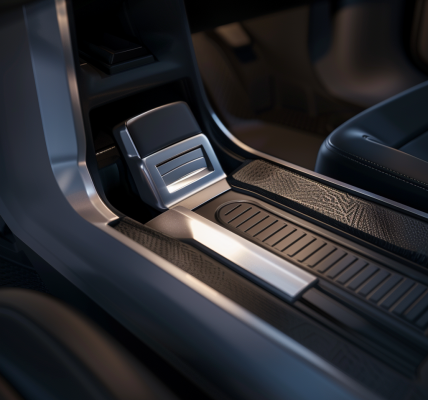The Robotics and Automation Actuators Market is set to experience substantial growth by 2032, according to a recent report by Allied Market Research. The market, valued at $13.2 billion in 2022, is projected to reach $45.2 billion by 2032, with a compound annual growth rate (CAGR) of 13.2% from 2023 to 2032.
Robotics and automation actuators play a crucial role in robotic and automated systems, enabling precise control of movement, application of force, and execution of specific tasks with accuracy and efficiency. These devices are essential components of robotic and automated machinery, facilitating the performance of repetitive tasks.
There are various types of robotics and automation actuators available, each offering unique capabilities and applications based on their energy source, including hydraulic, pneumatic, electric, piezoelectric, and magnetic actuators. The selection of the appropriate actuator type depends on the specific requirements of the robotic or automated system.
For instance, electric actuators are commonly utilized in medical robotic arms and micro-assembly robots that demand precise positioning. Pneumatic actuators find frequent use in pick-and-place robots and assembly line robots, while hydraulic actuators are preferred for heavy-duty industrial robots requiring high power and force.
Piezoelectric actuators are ideal for nanorobotics and microscopy applications that necessitate accurate positioning, whereas magnetic actuators are suitable for high-speed and precise positioning tasks like robotics or linear motors.
The market analysis indicates a significant expansion in the robotics and automation actuators sector due to the rising demand for industrial robots, enhanced process capabilities in 3D printing using linear actuators, and increased utilization of robots in healthcare and transportation. The surge in demand for industrial robots incorporating actuators has been notable, particularly in the automation of manufacturing processes.
Actuators are instrumental in controlling the movements of various components of robots, such as arms, legs, and grippers, enabling manufacturers to automate complex tasks with precision and efficiency. As more industries adopt automation in their operations, the demand for robots equipped with advanced actuators continues to grow, driving the evolution of the robotics and automation actuators market.





